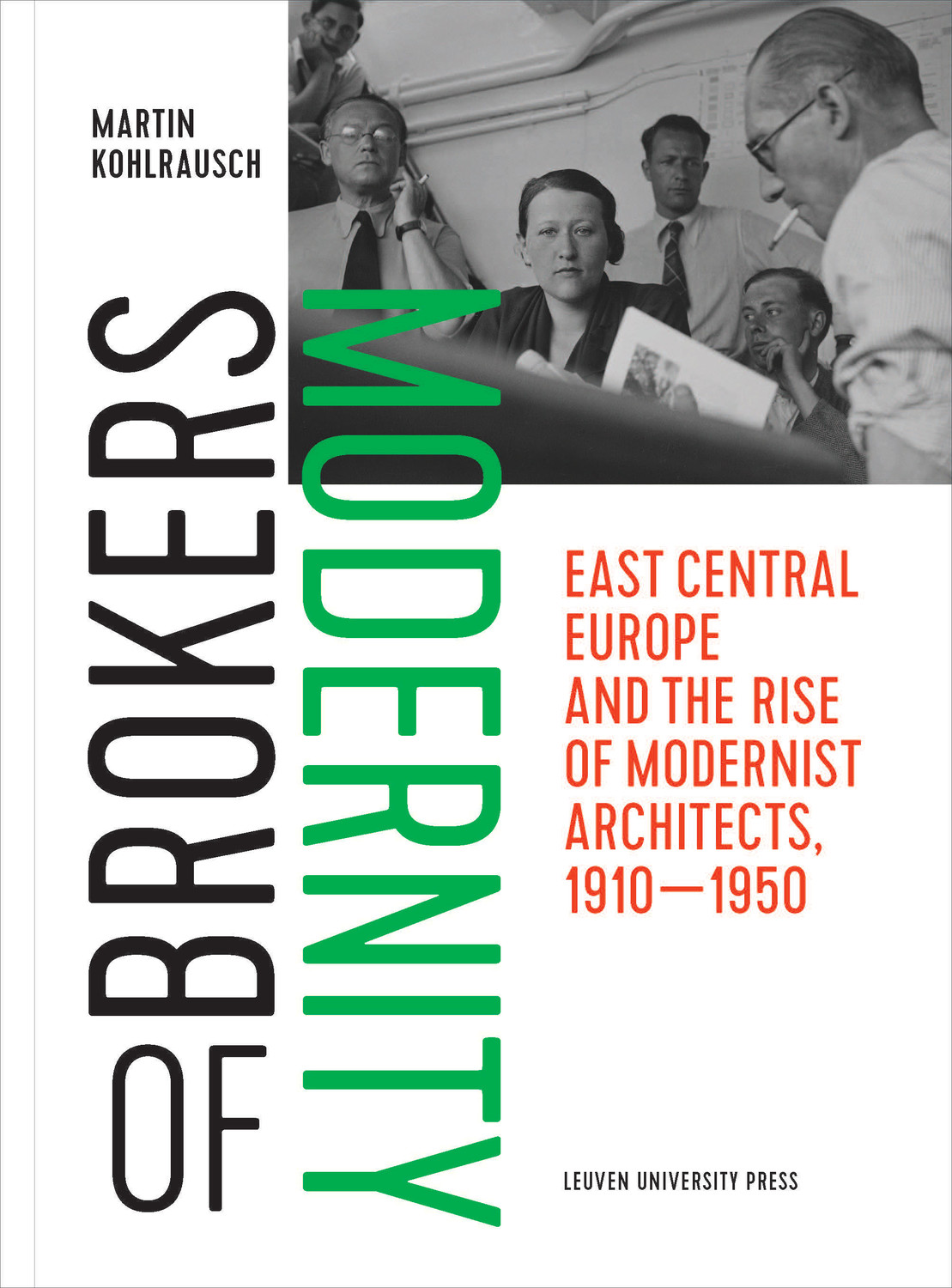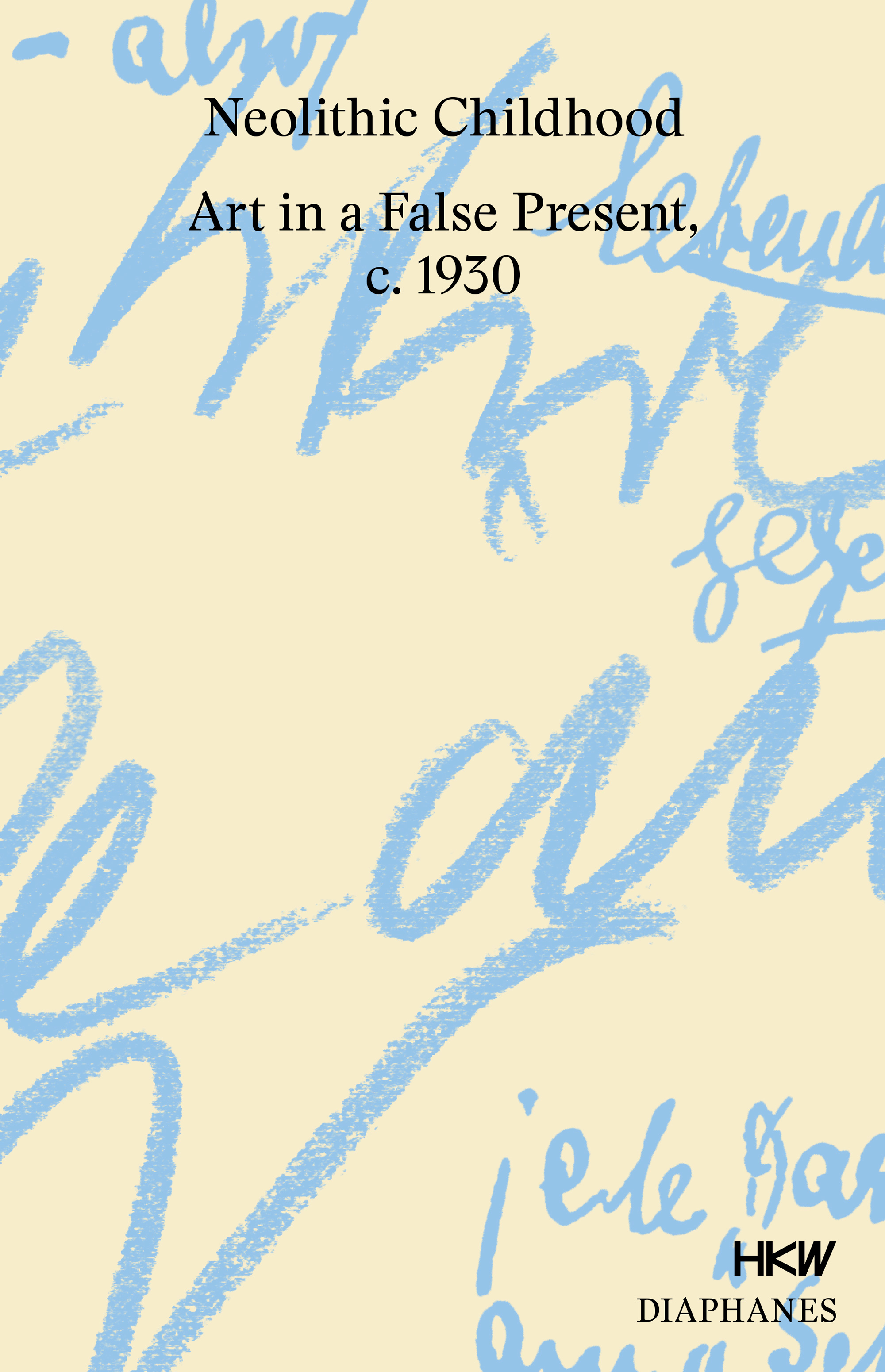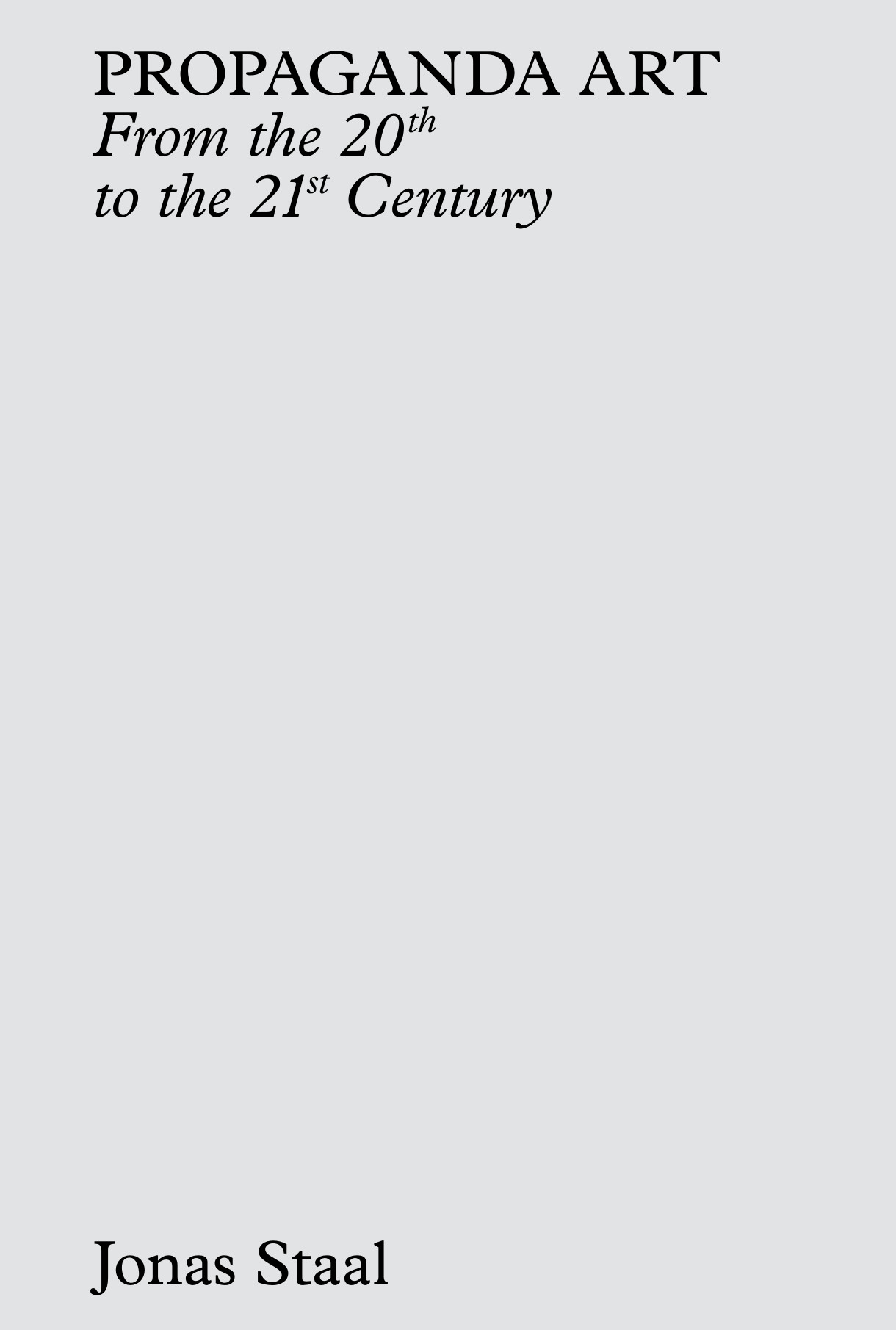Martin Kohlrausch: Brokers of Modernity: East Central Europe and the Rise of Modernist Architects, 1910-1950 (2019)
Filed under book | Tags: · architecture, central europe, east-central europe, eastern europe, history of architecture, modernism, poland

“The first half of the twentieth century witnessed the rise of modernist architects. Brokers of Modernity reveals how East Central Europe turned into one of the pre-eminent testing grounds of the new belief system of modernism. By combining the internationalism of the CIAM organization and the modernising aspirations of the new states built after 1918, the reach of modernist architects extended far beyond their established fields. Yet, these architects paid a price when Europe’s age of extremes intensified.
Mainly drawing on Polish, but also wider Central and Eastern European cases, this book delivers a pioneering study of the dynamics of modernist architects as a group, including how they became qualified, how they organized, communicated and attempted to live the modernist lifestyle themselves. In doing so, Brokers of Modernity raises questions concerning collective work in general and also invites us to examine the social role of architects today.”
Publisher Leuven University Press, 2019
Creative Commons BY-NC-ND 4.0 International License
ISBN 9462701725, 9789462701724
400 pages
Anselm Franke, Tom Holert (eds.): Neolithic Childhood: Art in a False Present, c. 1930 (2018)
Filed under book, catalogue | Tags: · art, art history, autonomy, avant-garde, capitalism, formalism, gesture, hallucination, modernism, primitivism, surrealism, totality

“Resonating at the heart of Neolithic Childhood. Art in a False Present, c. 1930 is the question whether art has present, past, and future functions. The modernist assertion of the autonomy of art was intended to render superfluous art’s social and religious functions. But what if the functionlessness of art comes under suspicion of being instrumentalized by bourgeois capitalism? This was an accusation that informed the anti-modernist critique of the avant-garde, and particularly of Surrealism. The objective throughout the crisis-ridden present of the 1920s to the 1940s was to reaffirm a once ubiquitous, but long-lost functionality—not only of art.
The publication accompanying the exhibition examines the strategies deployed in this reaffirmation. These include the surrealist Primitivism of an “Ethnology of the White Man” together with the excavation of the deep time of humanity—into the “Neolithic Childhood” mapped out by the notoriously anti-modernist Carl Einstein (1885-1940) as a hallucinatory retro-utopia. The volume brings together essays by the curators and academics involved in the project, primary texts by Carl Einstein and a comprehensive documentation of the exhibition including lists of works, texts on as well as images of numerous exhibits and finally installation views. At the center of the volume, a glossary discusses Carl Einstein’s own theoretical vocabulary as well as further associated terms, such as Autonomy, Formalism, Function, Gesture, Hallucination, Art, Metamorphosis, Primitivisms, Totality.”
With contributions by: Irene Albers, Philipp Albers, Joyce S. Cheng, Rosa Eidelpes, Carl Einstein, Anselm Franke, Charles W. Haxthausen, Tom Holert, Sven Lütticken, Ulrike Müller, Jenny Nachtigall, David Quigley, Cornelius Reiber, Erhard Schüttpelz, Kerstin Stakemeier, Maria Stavrinaki, Elena Vogman, Zairong Xiang, Sebastian Zeidler.
Publisher Diaphanes, Berlin, and Haus der Kulturen der Welt (HKW), Berlin, 2018
ISBN 9783035801064, 3035801061
460 pages
Exhibition and conference
Publisher
Publisher
WorldCat
PDF (removed on 2018-9-12 upon request from publisher, see a preview of the first 32 pages)
Comment (0)Jonas Staal: Propaganda Art from the 20th to the 21st Century (2018)
Filed under book, thesis | Tags: · art history, artistic research, avant-garde, democracy, modernism, performance, politics, power, propaganda, totalitarianism, war on terror

“This study by artist Jonas Staal explores the development of propaganda art from the 20th to the 21st century. Staal defines propaganda as the performance of power by means of the equation propaganda = power + performance. Through his work as a propaganda researcher and practice as a propaganda artist, he argues that different structures of power generate different forms of propaganda and therefore different forms of propaganda art. Whereas in the context of the 20th century Staal discusses the differences between avant-garde, totalitarian, and modernist propaganda art, in the 21st century he proposes the categories of War on Terror Propaganda Art, Popular Propaganda Art, and Stateless Propaganda Art. By means of concrete examples of artists and artworks within each of these categories, he attempts to show how the performance of power in the 21st century translates into different visual forms, and how they shape and direct our reality. Staal’s study shows that power and art exist in continuous interaction. Propaganda and propaganda art are not terms that only refer to the past, but concepts and practices through which we can understand the construction of reality in the present.”
PhD Dissertation, Faculty of Humanities, University of Leiden
Open access
425 pages
PDF, PDF (2 MB)
Video (12 min)

